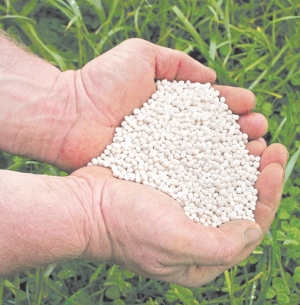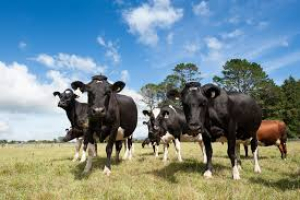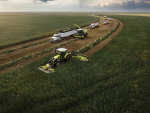Finding a balance can be tricky for farmers. It requires advice from fertiliser reps and consultants as it’s technical: soils are a dynamic mixture of minerals, organic residues and living micro and macro organisms, all supporting farm production.
So clear assessment of fertiliser requirements will improve economic returns from pasture and help avoid contamination of ground and surface water with nutrients, particularly nitrogen and phosphorus.
Various tools can help in this assessment.
Nutrient budgeting is widely accepted as the appropriate first step in managing nutrient use and it’s the preferred tool for evaluating the environmental impact of farm management practices.
Overseer, a computer decision support model, is used to advise on nutrient management and greenhouse gas emissions. It predicts what happens to the nutrients brought on to a farm in the form of fertilisers and supplementary feed, in the same way that a financial budget can track money.
A nutrient management plan builds on the budget and identifies what the farmer will do to improve the efficiency of the farm nutrient system and minimise losses to the environment. Various options can help reduce losses, depending on individual situations; many of them can be found in the ‘menus of practices to improve water quality’ on the Waikato Regional Council website.
An understanding of the behaviour and fate of nutrients in the soil-plant-animal system helps in preparing a nutrient management plan, as does a plain-English knowledge of important terminology when using the Overseer model.
Mineralisation involves conversion of soil organic nitrogen into plant available forms.
Mineral N stands for nitrogen fertilisers used to directly supplement the nitrate and ammonium pools in soil.
Ammonification is the breakdown of organic nitrogen (from dung, urine and dead plant material) into ammonium ions. These ions are subsequently nitrified in the presence of a good oxygen supply to nitrate ions. Ammonification is carried out by a variety of soil microorganisms.
Nitrification involves the biological conversion of ammonium to nitrate. Nitrate concentrations in aerobic, warm and moist cultivated soils are normally higher than ammonium concentrations, so in such soils the main source of nitrogen taken up by plants is nitrate. This is because in warm aerobic soils the rate of nitrification is rapid. In acidic soils nitrification is slow and ammonium is probably the main plant nitrogen source.
Immobilisation is the conversion of plant-available nitrogen into organic form. If the mineralisation rate is less than the immobilisation rate, then net-immobilisation occurs and pasture and crops growing in such a soil will become nitrogen deficient. Whether net-mineralisation or net-immobilisation occurs depends mostly on the carbon-to-nitrogen (C:N) ratio in the organic substrate added to the soil. Ratios of C:N less than 20:1 may result in net-mineralisation of N.
De-nitrification involves microbial reduction of nitrate to nitrous oxide and nitrogen gas. This process requires, in addition to soil microorganisms, a source of nitrate and decomposable organic matter, and anaerobic conditions such as waterlogged soils.
Volatilisation is conversion of ammonium to ammonia gas. This commonly occurs in animal urine spots and after urea application during high temperatures.
In New Zealand, the common nitrogenous fertilisers are urea (46% N), ammonium sulphate (21% N), DAP (18% N) and calcium ammonium nitrate (27% N).
The form of nitrogenous fertiliser best used depends on the cost per unit N and the overall efficiency of the fertiliser N.
The efficiency of fertiliser N varies between the fertiliser forms, which is attributed to the difference in the effects of fertilisers on the rate of uptake and assimilation of N, the losses of N through ammonia volatilisation, de-nitrification and leaching and the acidifying effects of N.
• Bala Tikkisetty is a sustainable agriculture coordinator at Waikato Regional Council. Email This email address is being protected from spambots. You need JavaScript enabled to view it. or tel. 0800 800 401
















